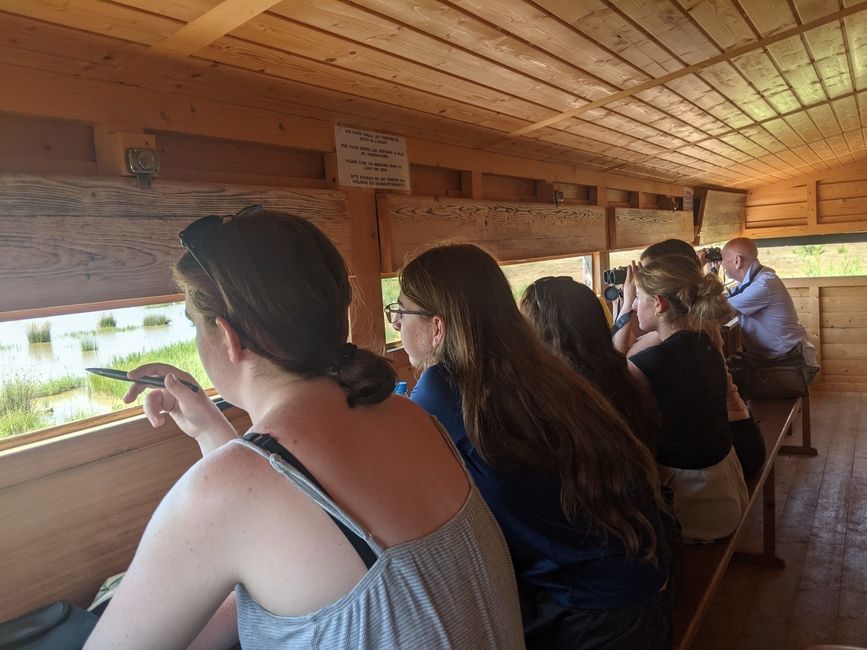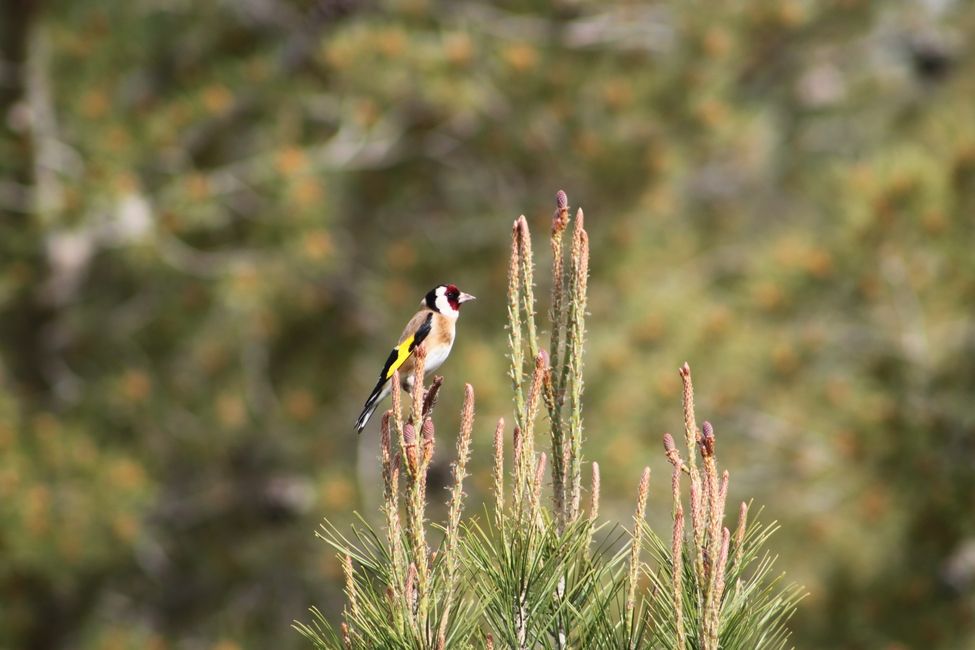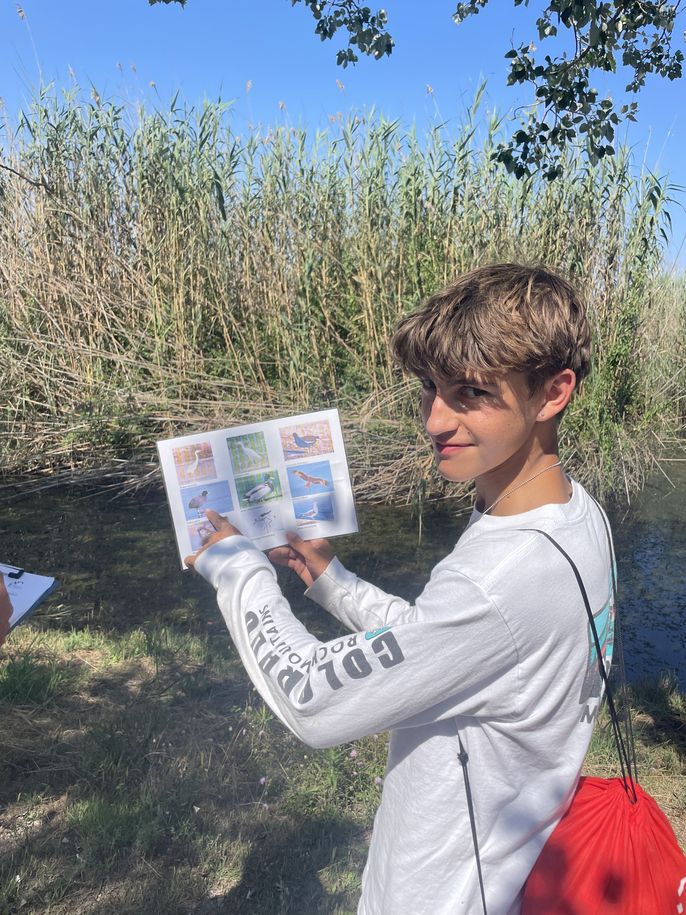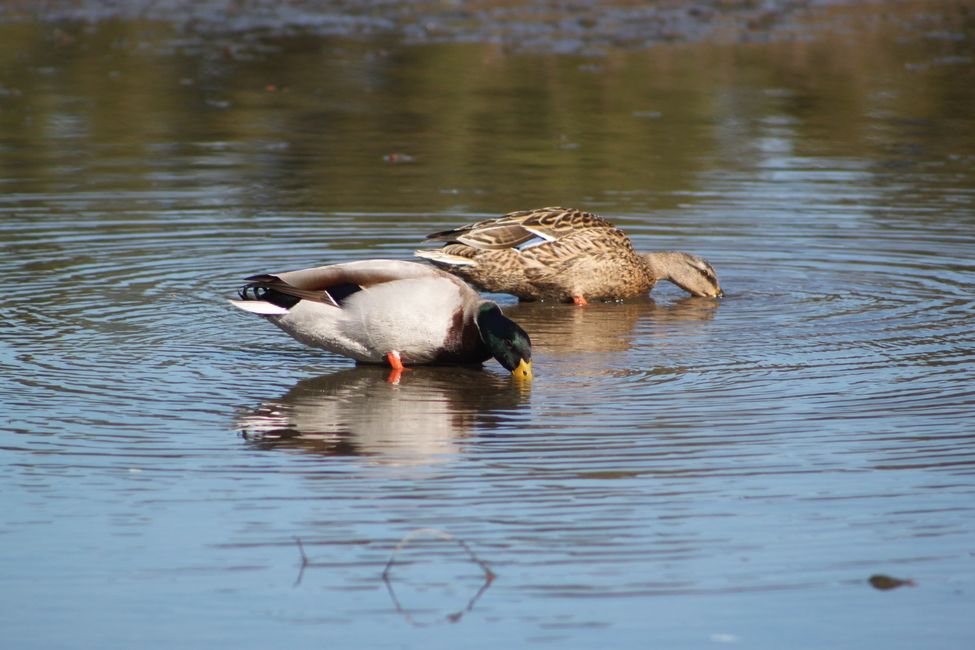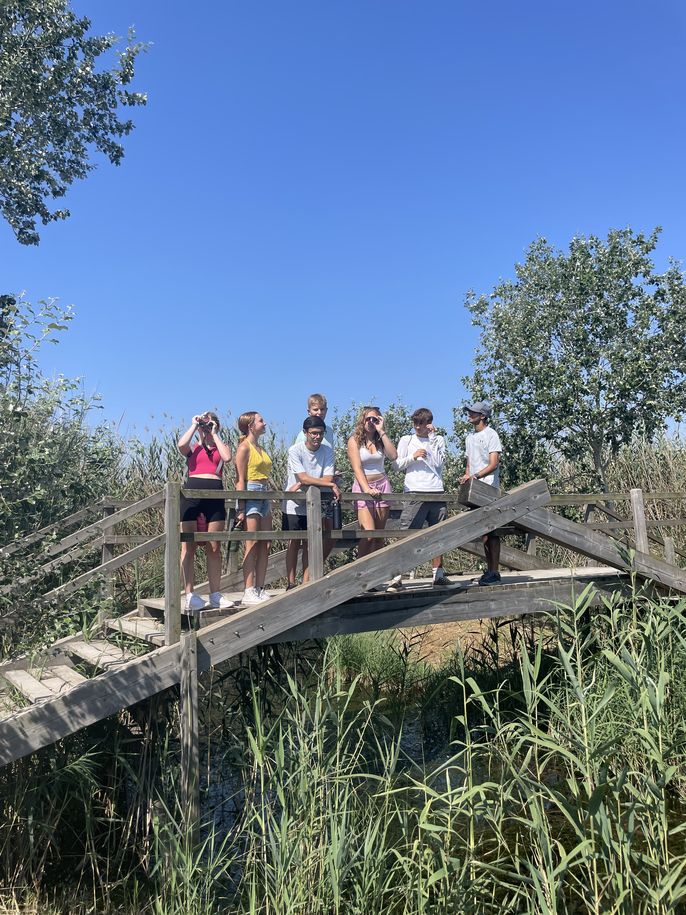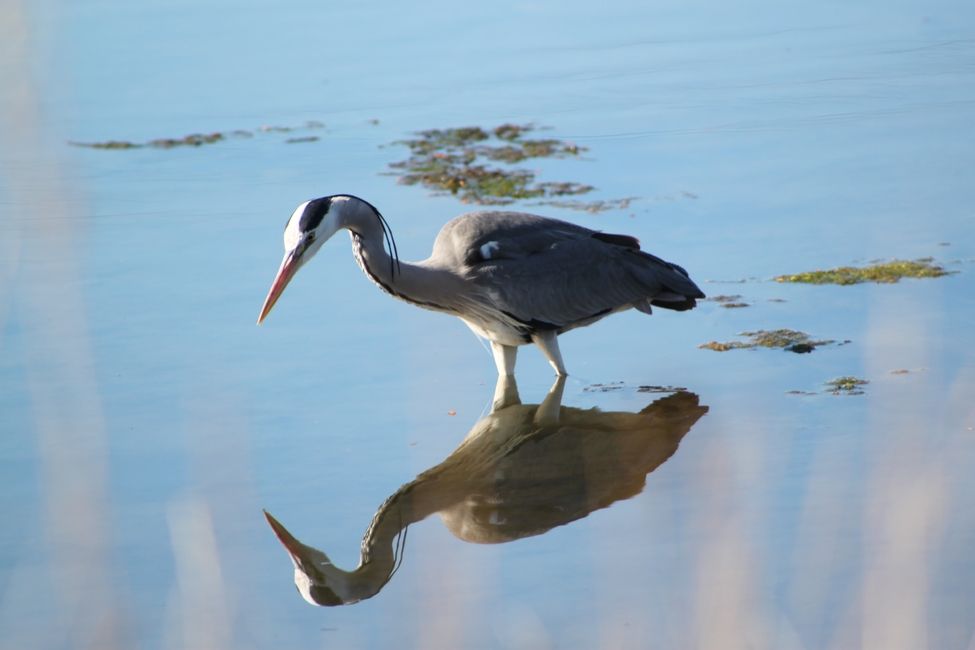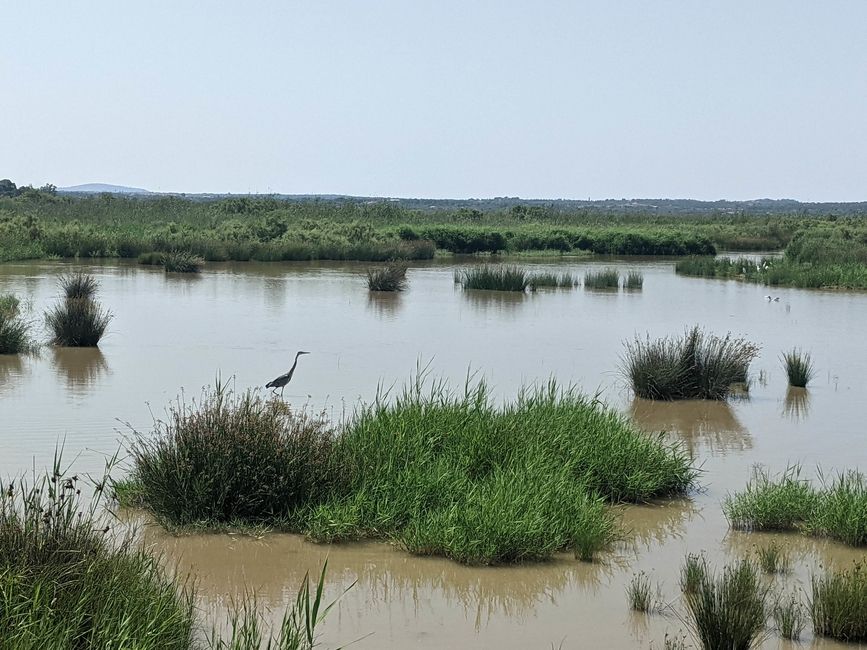Mallorca: A Stopover For Many Birds (by Eli Talens)
Mallorca is well known for its magnificent beaches and the impressive mountain range of the Sierra de Tramontana, a line of peaks that crosses the island from east to west.
Well, it seems that it is not only humans who have set their sights on Mallorca, but also birds. Many bird species stop in the Balearic Islands on their long journey from Africa to Europe, while others decide to stay here for the whole summer. As you can imagine, due to the mild temperatures and the abundance of resources, they stop to feed, drink, rest and continue their journey. This massive movement of birds in spring is known as the pre-mating migration, which is a movement determined by the primal call of reproduction.
Birds try to fly over land as long as they can –where there is no land, there is no food! That’s why you can see them taking off from the northeast coast of Mallorca, Alcudia, where you can find the largest wetland on the island, the “Albufera de Alcudia”. Our fortunate high school students explore its wonders each summer, so they will be able to share that beauty from their own experience.
Swallows, house martins and swifts are among the first species to arrive, heralding the start of the warm weather. There’s a Mallorquin proverb that says 'Una oronella no fa estiu', which means 'where there are no swallows, there's no summer'. As soon as you see one, take your swimwear out!
And then, there are the bee-eaters –a migratory spectacle. As the name suggests, they feed mainly on bees. If you have never seen one, you should book a flight and come over! Their vibrant plumage ranging from electric blue to sun-kissed yellow, with orange patches adorning their wings, will impress you! Picture this: imagine witnessing their graceful flight and their distinctive calls resonating as they journey in harmonious groups.
As you can see, animals also move around the world, looking for the right conditions to meet their needs. Are you a traveler? What do you seek when you travel? What do you do to travel sustainably?
Only through the observance of nature’s cyclical rhythms can we truly grasp its workings, and in turn, gain sight into our own existence –both as individuals and collectively.
Related Posts
Adjusting to a New Routine: What a Typical Week Looks Like for Students Studying Abroad in Palma
Studying abroad in Palma de Mallorca offers students an exhilarating mix of cultural immersion, intellectual growth, and personal discovery. While the idea of residing in a foreign country may be... keep reading
How to Make Friends and Build Community While Studying Abroad in Palma
Starting a study abroad program in Palma de Mallorca is an exciting adventure—but can also be a little daunting, especially if you're going it alone or haven't yet met anyone... keep reading
What First-Time Study Abroad Students Should Know About Daily Life in Palma
If you’re preparing for your first study abroad experience in Palma de Mallorca, Spain, you’re in for an unforgettable adventure. From the historic streets of the Old Town to the... keep reading
